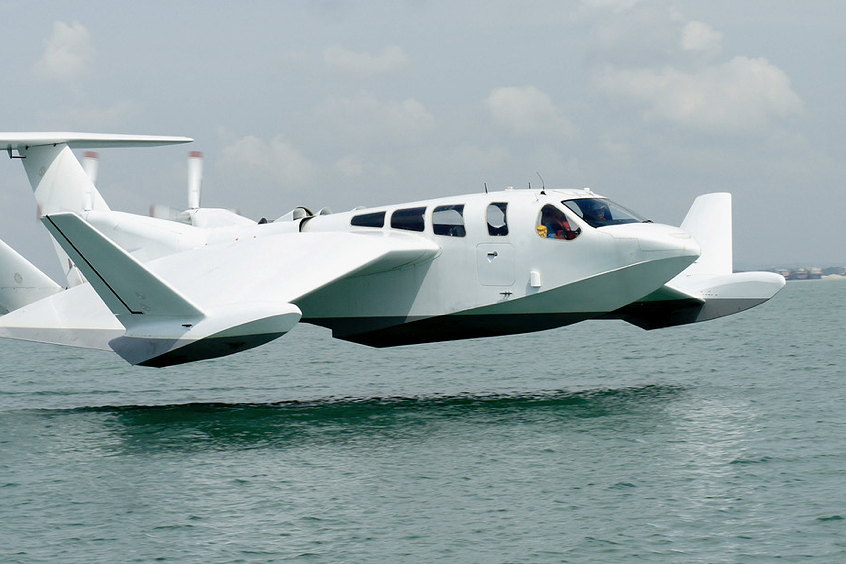GE Aviation delivered its 1,500th F414 engine and surpassed more than 3 million flight hours powering the United States Navy's F/A-18E/F Super Hornet and EA-18G Growler aircraft.
"GE is proud to support the U.S. Navy and appreciate their continued confidence in the F414," said Al DiLibero, general manager of GE's F414, F404, J84 and TF34 engines. "We are steadfast in our longstanding commitment to produce the highest quality engines, ensuring that deliveries and support continually meet or exceed the Navy's needs."
In 1991, GE began studies to develop an engine for an upgraded F/A-18 – which was then powered by GE's F404 engine – with increased range and operational capability. In 1998, the F414 entered service, delivering 25% more thrust by combining the engine core (compressor, combustor, high-pressure turbine) of GE's F412 with the low pressure system of the F404. The F414 engine is rated at 22,000 pounds (98 kN) thrust and is in the 9:1 thrust-to-weight ratio class.
Following the F414's service entry, GE continued investing in technologies to improve the in-service fleet. For example, to reduce exhaust noise, commercially developed chevron technology is being infused into the F414 nozzle. The chevrons demonstrated a nearly 50% reduction in sound energy during testing.
In addition, GE is developing the F414 Enhanced Engine variant, which incorporates an increased flow, all-blisk fan, new 6-stage high-pressure compressor and improved turbine capability. With the support of the Navy, multiple rig and ground engine tests have been completed. Benefits of the Enhanced Engine include: 20% thrust growth, reduced fuel burn and increased bleed and horsepower extraction to support additional aircraft requirements. While there is no current commitment to complete development of the Enhanced Engine, the Navy extended a jointly-funded study through the end of 2015.
In December 2014, GE successfully tested the world's first non-static set of light-weight, ceramic matrix composite (CMC) parts by running rotating low-pressure turbine blades for 500 endurance cycles in a F414 turbofan demonstrator engine designed to further validate the heat-resistant material for high-stress operation in GE's next-generation Adaptive Engine Technology Demonstrator (AETD) program, currently in development with the United States Air Force Research Lab (AFRL).
Under the US Navy's “Green Hornet” program, the F414-GE-400 became the first tactical aircraft in the US Navy to fly on biofuel. The specific fuel chosen was a 50/50 blend of JP-5 and Hydroprocessed Renewable Jet (HRJ) fuel. Derived from the non-food camelina plant, HRJ is processed to create a chemical structure very similar to JP-5.
GE has also been selected by both the US Navy and the Royal Australian Air Force to provide prime logistics support, including replacement parts and repairs for all F414 engines in their inventories. The programs have been so successful that GE has received follow-on awards to continue the work. GE Aviation was named a First Tier Superior Supplier to the US Navy in 2014.
In 2003, the F414-powered Super Hornet platform was selected to replace the EA-6B Prowler as the US's primary tactical electronic attack asset. Named the EA-18G Growler, the aircraft supports the US Navy, Marine Corps and Air Force. More than 100 Growlers have been delivered.
In 2005, Saab selected a modified F414 to add range and other advanced capabilities to their Gripen Next Generation (NG). The Gripen NG has been selected to power 70 aircraft for Sweden and 36 aircraft for Brazil. The production Gripen NG is powered by the F414-39E derivative of the F414 which is currently undergoing final engine qualification tests. The F414G has powered the NG demonstrator since its first flight in 2008.
In October 2010, the F414-INS6 derivative of the F414 was selected to power India's LCA Mk II aircraft. First engine to test occurred in 2014. India has committed to 99 installed engines, with the potential for more than 100 additional engines.
| Contact details from our directory: | |
| GE Aerospace Engines | Turboprop Engines, Turboshaft Engines, Turbofan Engines, Turbojet Engines |
| Related aircraft programs: |
| Saab JAS 39 Gripen |
| HAL Tejas |
| Boeing F/A-18 Super Hornet |
| Related directory sectors: |
| Engines |
Weekly news by email:
See the latest Bulletin, and sign up free‑of‑charge for future editions.

Latest PC-24 offers more range and payload

Gulfstream's G700 earns additional certifications

ST Engineering and MPA collaborate on wing-in-ground trials

Wingcopter and ITOCHU start certification for Wingcopter 198 in Japan